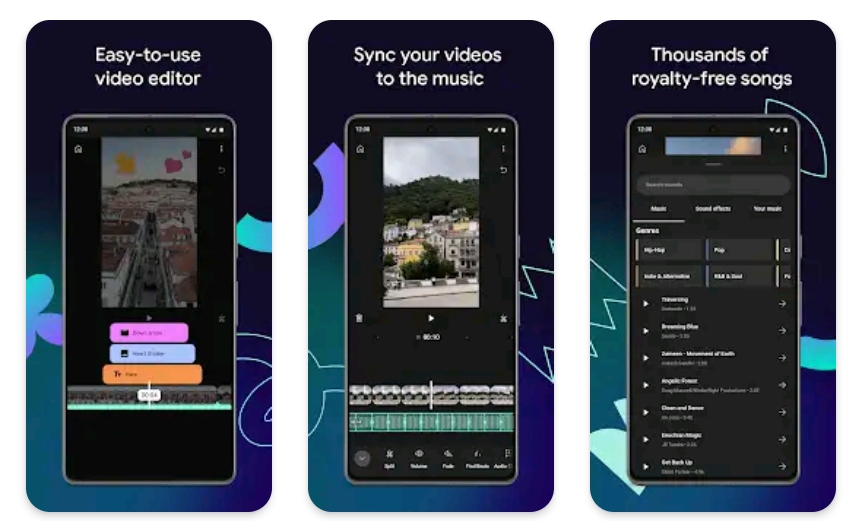Creating a YouTube Android app involves a multifaceted process that seamlessly integrates design, functionality, and user experience. The development journey begins with a comprehensive analysis of user needs and preferences, considering the diverse audience that YouTube caters to.
A user-friendly interface is pivotal, ensuring intuitive navigation and accessibility for users across various Android devices.
The app’s architecture must prioritize efficiency, enabling smooth video streaming while optimizing data usage. Implementing adaptive streaming technologies ensures a seamless experience, adjusting video quality based on the user’s network conditions.

Additionally, integrating features like offline mode allows users to download videos for later viewing, enhancing accessibility and convenience.
YouTube’s Android app design should reflect the platform’s branding while embracing Android’s Material Design principles. Consistent visual elements, such as icons, colors, and typography, contribute to a cohesive and aesthetically pleasing user interface.
Prioritizing responsive design ensures a seamless experience across different screen sizes and resolutions, accommodating the vast array of Android devices.Functionality is a cornerstone of the YouTube Android app. Implementing features like video recommendations, personalized playlists, and an intuitive search function enhances user engagement.
Real-time notifications keep users informed about new content from their subscribed channels, fostering a sense of community within the platform.Seamless integration with Android’s sharing capabilities allows users to effortlessly share their favorite videos on various social media platforms.
Moreover, incorporating picture-in-picture mode enables multitasking, allowing users to watch videos while using other apps—a valuable feature for a platform that often serves as background entertainment.
Monetization strategies are crucial for the sustainability of the app. Integration with Google’s AdMob for targeted advertising ensures a revenue stream while balancing user experience. Subscription-based models, such as YouTube Premium, provide an ad-free experience and additional perks, creating an alternative revenue stream.
User engagement is further enhanced through features like comments, likes, and the ability to create and share playlists. Integrating a robust recommendation algorithm, driven by machine learning, ensures that users discover content tailored to their preferences, encouraging prolonged app usage.Security is paramount in the development of any app, especially one handling user data and content.
Implementing robust encryption protocols safeguards user information, while continuous monitoring and updates address potential vulnerabilities. Additionally, measures against unauthorized video downloads or distribution help protect content creators’ intellectual property.
Regular app updates are essential to introduce new features, enhance performance, and address security concerns. Soliciting user feedback through in-app surveys or reviews on the Google Play Store allows developers to understand user preferences and concerns, facilitating continuous improvement.
In conclusion, the creation of a YouTube Android app is a meticulous process that requires a harmonious blend of design, functionality, and security.
By prioritizing user experience, embracing Android’s design principles, and staying abreast of technological advancements, developers can craft an app that not only meets user expectations but also contributes to the ever-evolving landscape of online content consumption.